Andy Serkis has been living with Mowgli — formerly Jungle Book: Origins, formerly The Jungle Book — for a very long time now. So when we meet to dissect the first trailer, which arrives almost three years after the much-delayed film finished shooting, he is feeling understandably pleased with himself. Not least, he says, because despite all the hold-ups (not least of which was caused by Disney rush-producing and releasing its own Jungle Book adaptation), “it’s ended up being the film I wanted to make right at the beginning”.
That film being, as the trailer’s opening boasts, “The Darkest Telling” of this story yet: truer to the source material than anything we’ve seen, and significantly lacking singing bears and dancing orang-utans…
Mowgli Caged
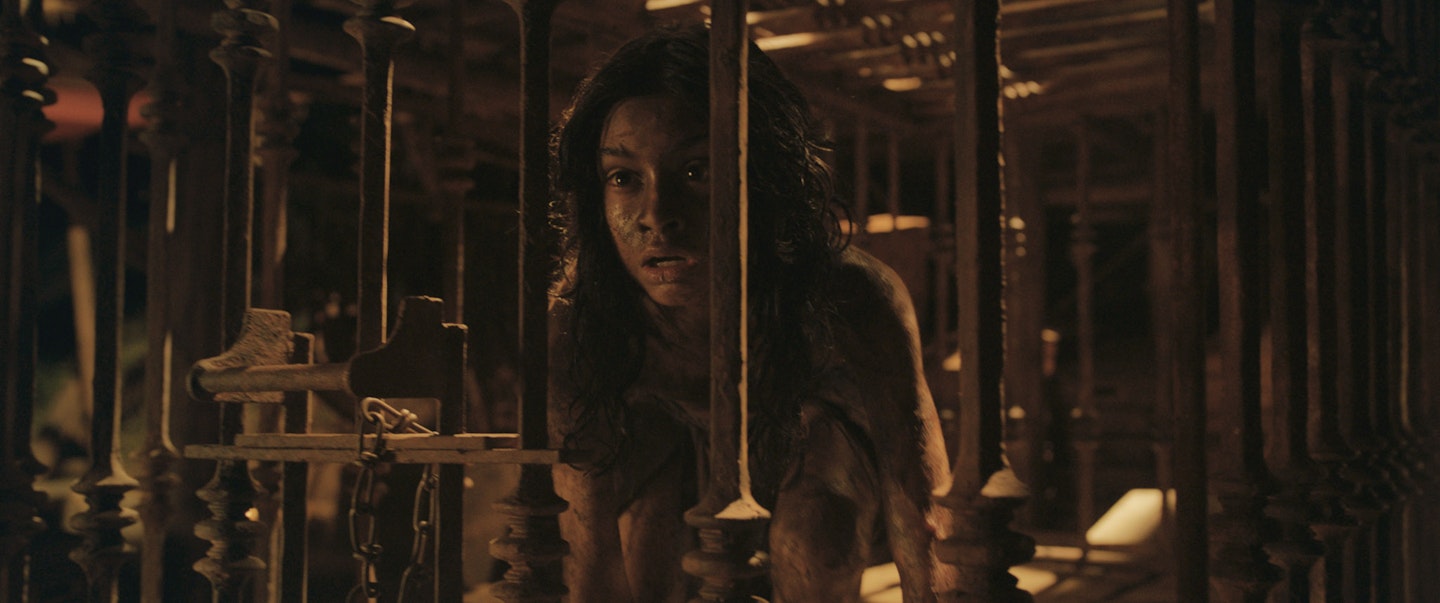
“We’re starting off in colonial India at the turn of the [20th] century, and seeing this boy who is railing. He’s railing internally, because he’s an outsider, but he’s also railing at being captured. Mowgli [Rohan Chand] has been a free spirit until this point when we first see him in the trailer, and the world of the jungle is now about a million miles away from him.
“For me, this really represents the complexity of Kipling, who as a writer is loved and reviled in equal measure — he was an amazing, Nobel Prize-winning author, but also a child of the Empire who wrote White Man’s Burden. So there’s a conflict there which really underpins our movie. About being other. About believing you’re one thing and then discovering you’re not. About being separated from your birth country. About having to make up your own identity because you’re not of one or the other; the customs and ways of the animals are entirely different to the laws of man. It’s about creating your own moral compass.”
Bagheera
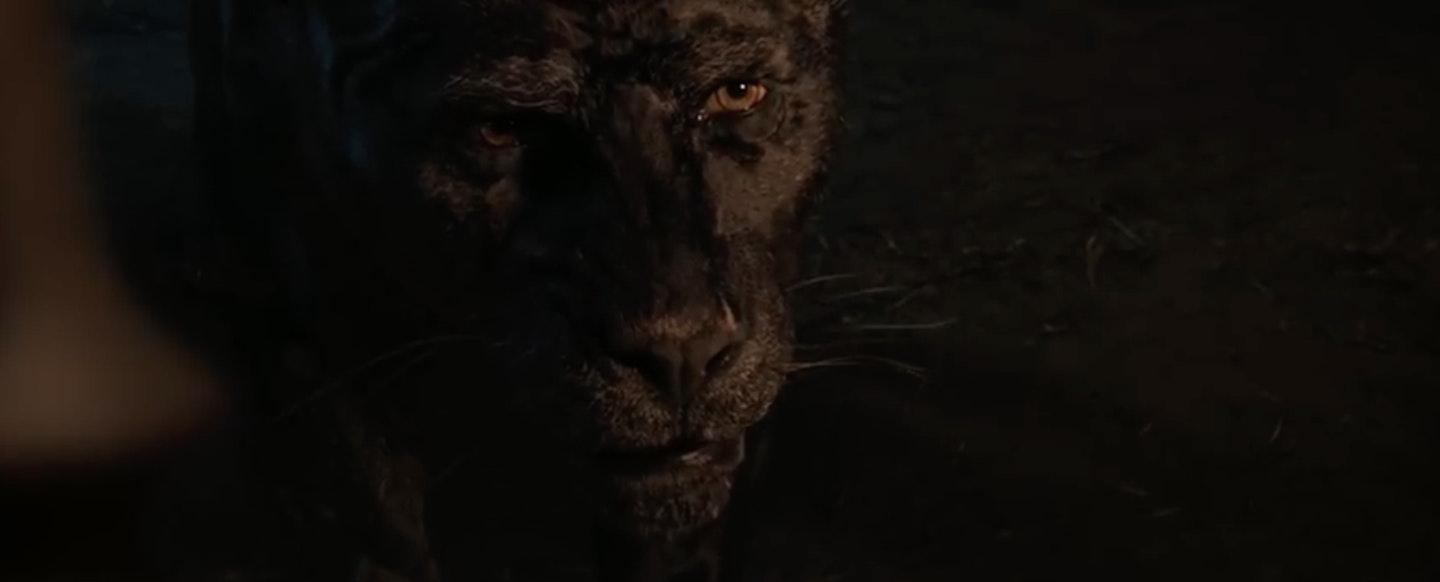
“Bagheera is an extraordinary character in the sense that — and this is from the book — he was brought up by man. So he’s the only animal in the jungle to have experienced what it is to live under the rule of man. He bears the mark of a collar under his chin, as he says. In a way, he’s a split-personality — when he came back into the jungle, he had to learn how to be a predator. Christian [Bale] felt like he could absolutely physically embody all those senses of being other, but also a natural predator.”
Monkey Business
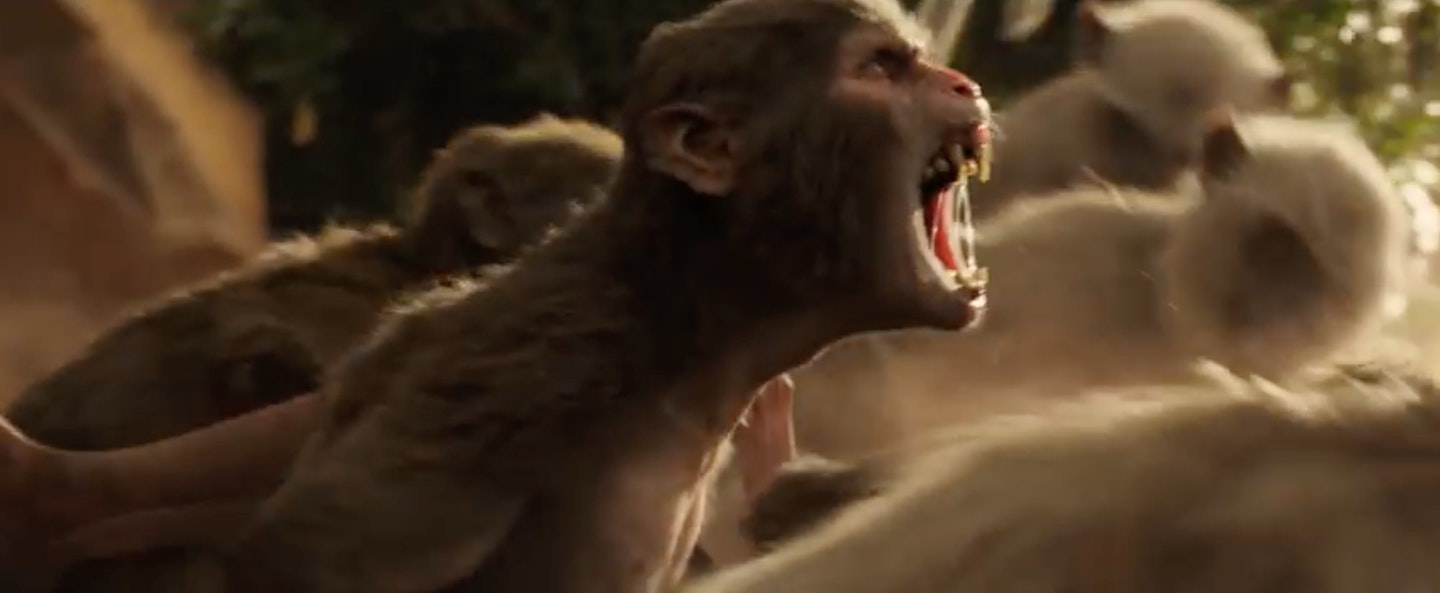
“The monkeys, the Bandar-log, represent a lawless society. A complete anarchy. If you read the book — and I hope people will read the book off the back of the movie — they’re described as having huge amounts of energy, but it’s ill-placed. They chatter and they’re aggressive and they forget what they’re doing. But they’re not ruled by King Louis in our film, because he obviously was not in the original book and belongs to the Disney domain. In our version, they are in the pay of the story’s agent of chaos, who of course is Shere Khan (Benedict Cumberbatch).”
Khaaaaaaaaan!

“Our Khan is much closer to the book, because he’s known as The Lame One. He was born lame. And with that comes complications, because he should be a powerful predator who has a natural place in the jungle, but he can’t hunt. So therefore he kills man’s cattle. And that brings a huge danger, which is man will then come into the jungle and seek retaliation. Khan also wants to destabilise the wolf community, and the laws and structures that keep Mowgli protected. The hyena is Tabaqui (Tom Hollander), who is Khan’s kind of Stasi agent and keeps an eye on everything. Tabaqui suffers from his own lack of identity — as all the animals do in a certain way. Khan is a tiger who can’t hunt, Tabaqui dreams of being a tiger but always wakes up a hyena.”
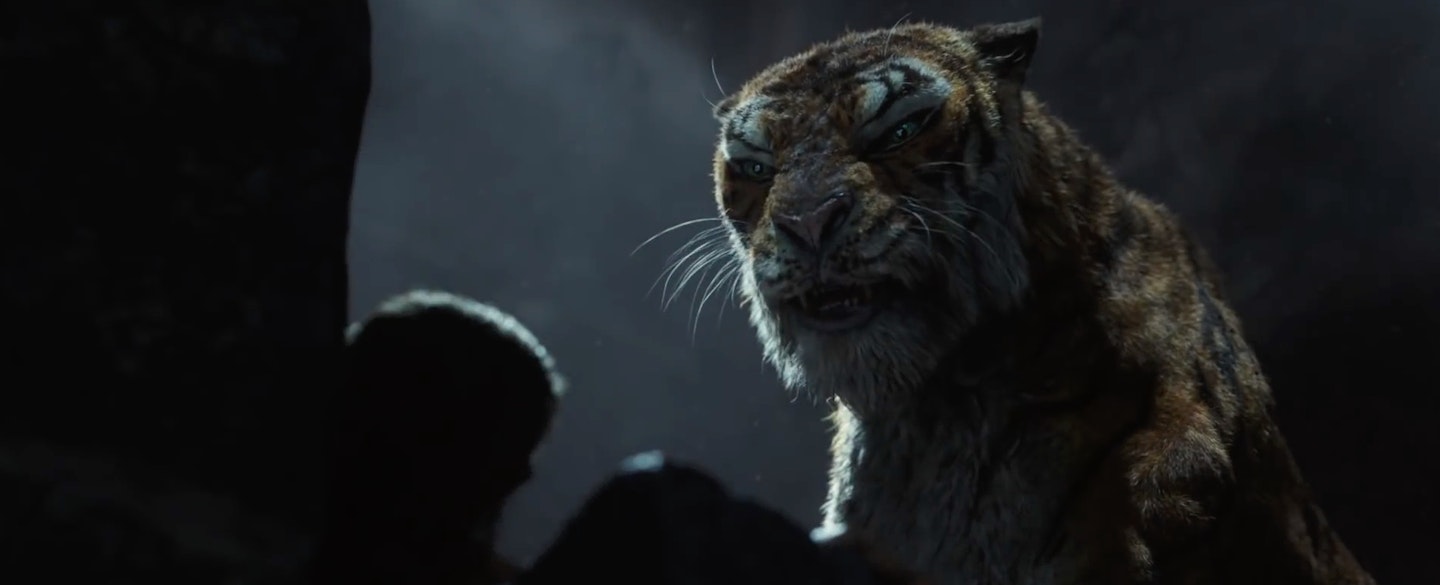
Being Human
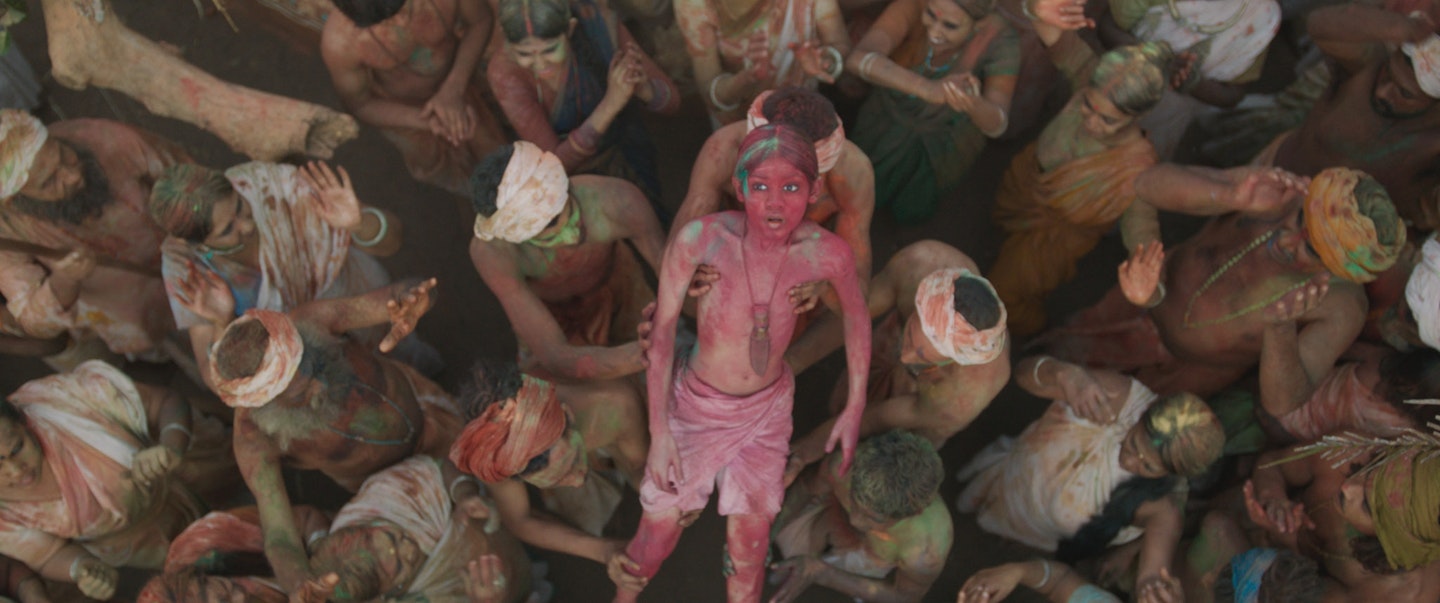
“We all know from previous incarnations of this story that Mowgli is an orphaned child, a feral child, and has an idyllic upbringing to a certain point where life gets more complicated. In our version, in the third act we see a further complication, which is his being assimilated — or trying to assimilate — into the human world. And with that comes a huge amount of learning, in terms of culture and wearing human clothes and being educated. And encountering religion as an idea, like during the Holi Festival, here. It’s a completely alien ideology to anything that he would have learned as an animal. So that sense of ritual and seeing him respond to that, is what that time in the story is about.”
Raised By Wolves
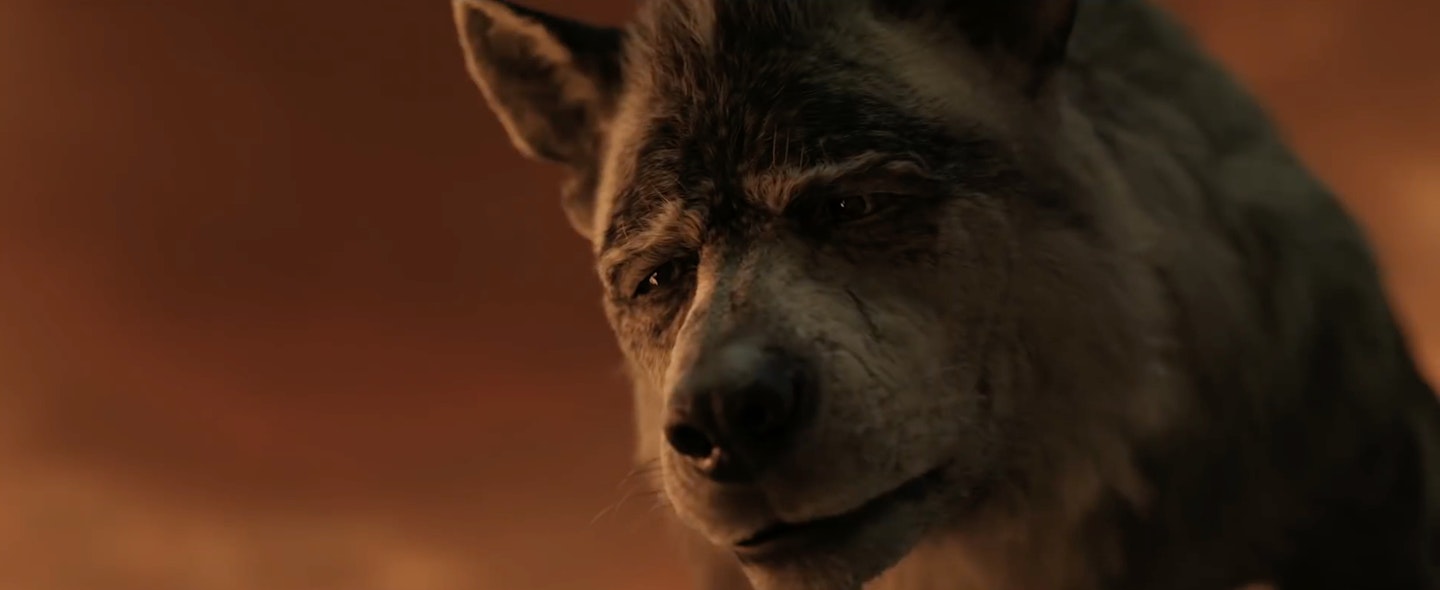
“When I first read the script, the first thing I thought was, ‘Peter Mullan’s got to play Akela’. Because I wanted this very strong, authoritative but egalitarian leader of a pack. He’s in the unenviable position of being the alpha male who has to make all of the final decisions, but he also has a vulnerability to him. He believes that the jungle is changing, with human expansion in the jungle. So when he sees Mowgli at this moment, he senses that somehow this child might be a conduit to peace, and there’s this incredible connection between them.
"We started off with the intention of making these the most believable talking animals that you’d ever seen, but in terms of design it seemed ludicrous to take a photo-realistic wolf or panther or tiger and then record a voice and expect it to feel like it’s coming out of a real-looking animal. So we took the actors’ faces and we took the animals’ faces, and then we morphed in stages from one to the other so at a certain point along that spectrum you’d see a sweet-spot where you read the actor’s expressions but it was still a believable animal.”
The Kite Runner
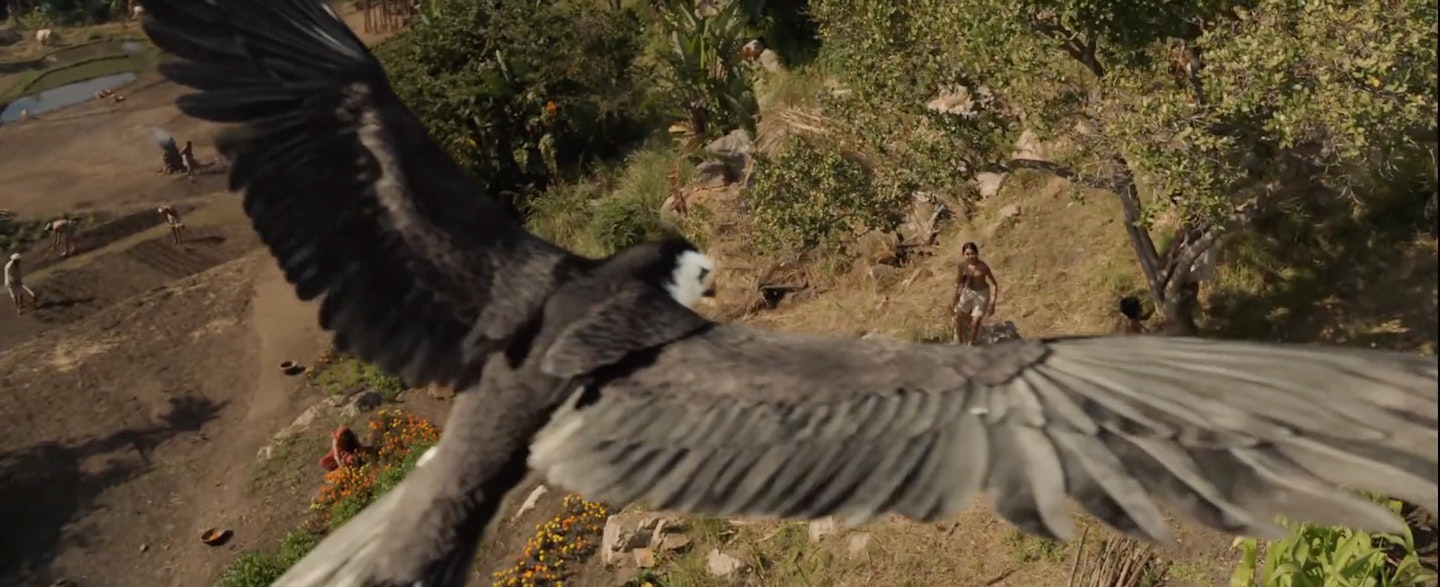
“This is Rann, the kite. He’s very much the sort of Greek Chorus, in a way, and takes us through the story’s various stages. He is ever-watchful and he keeps an eye out for Mowgli. So, for instance, when Mowgli gets snatched by the Bandar-log, Rann is the first to see it. He marks the changes in the emotional journey — and the physical journey — of Mowgli.
Elephant Man
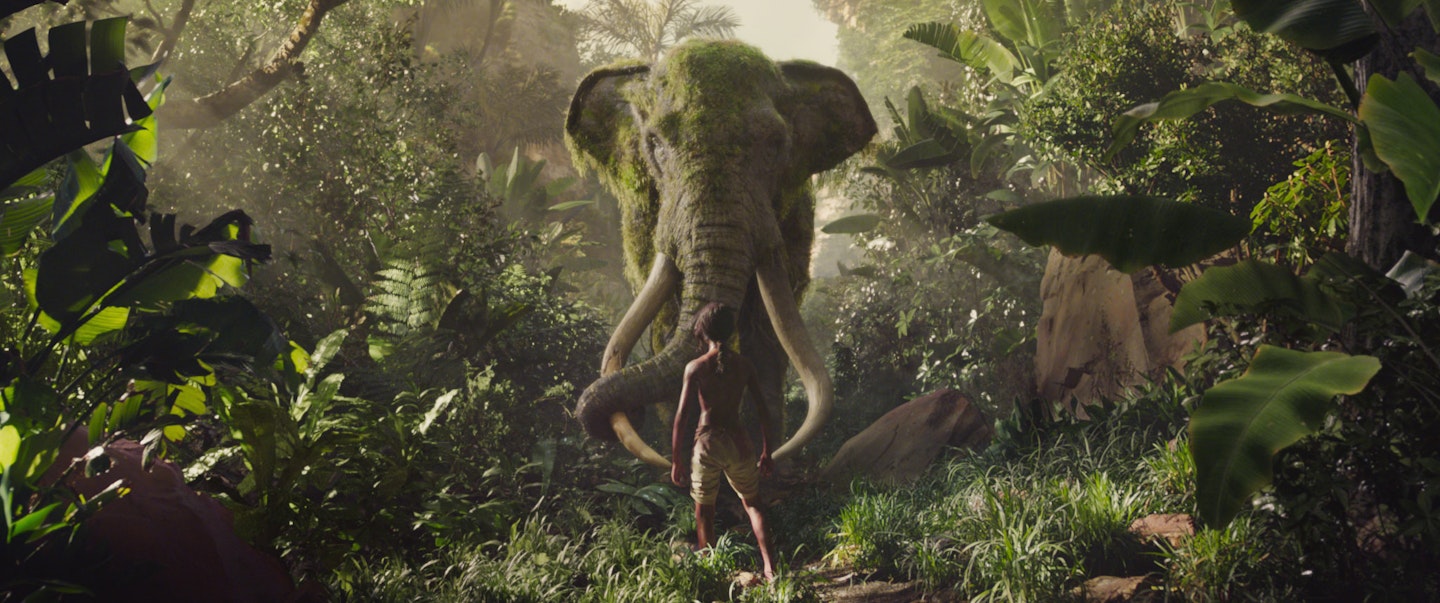
“Hathi very much represents the ancient jungle laws. He is a solitary entity, rarely seen or spotted and he doesn’t speak to any of the other animals. He’s the oldest soul in the jungle, really. And yet he has this connection with Mowgli, which again concerns a recognition that the jungle is changing. He’s... Well, I don’t want to give too much away, but, yeah, he represents the sort of Gaia soul of the jungle, I suppose.”
That's Not A Knife...
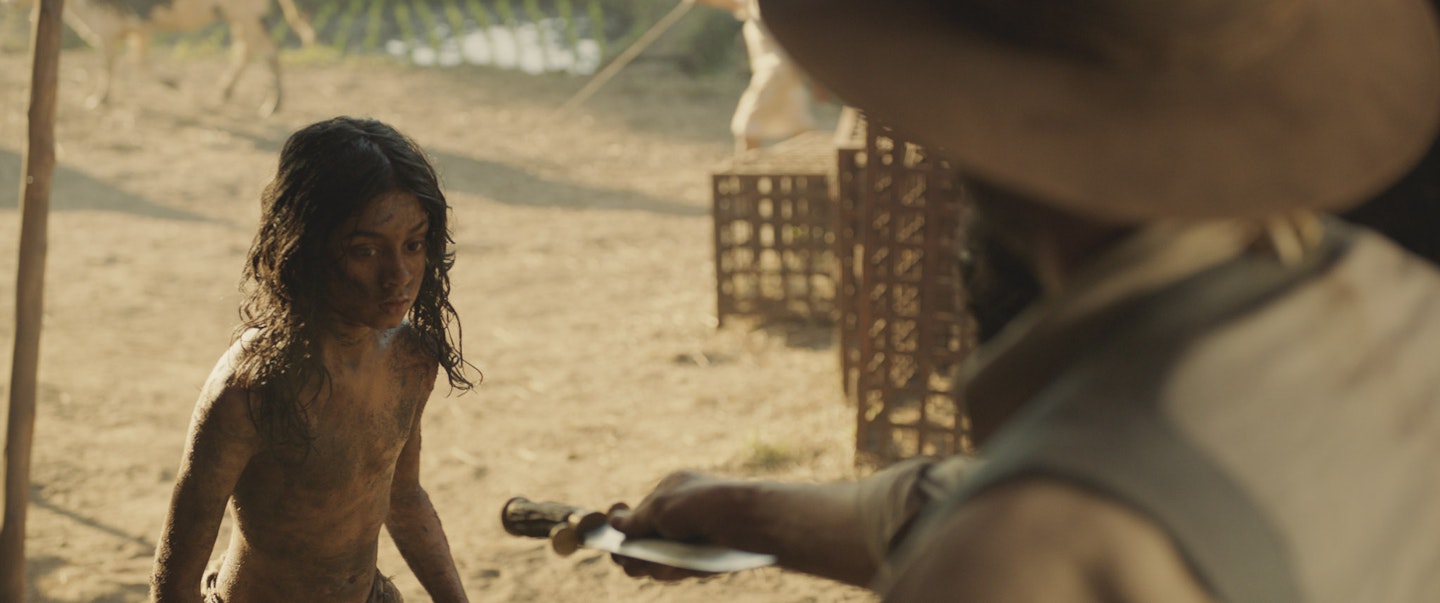
“This is Lockwood [Matthew Rhys], the white hunter in our story, who’s not a character in the book. He’s named after Lockwood Kipling, who was Rudyard Kipling’s father. He’s not at all reflective of the real Lockwood, apart from being a father figure, but we wanted to bring the name into the lore of the film. Here he’s giving Mowgli a tool of man. One can very much see it as Mowgli being corrupted by man, but one can also see it as him being helped by man. Everything has a plus and a minus. So this moment is very much about enabling Mowgli to sort of fulfil his destiny. But at what cost?”
Bear Necessities

“I play Baloo, and I’ll say one thing about him, because we see a brief glimpse of him being, you know, the drill sergeant. So this isn’t the Baloo that people will be expecting. Far from it. In the book he represents tough love and he pushes Mowgli very, very hard. Even in that glimpse you see him running Mowgli through his paces. He’s pretty hardcore, yeah.”
Snake Charmer
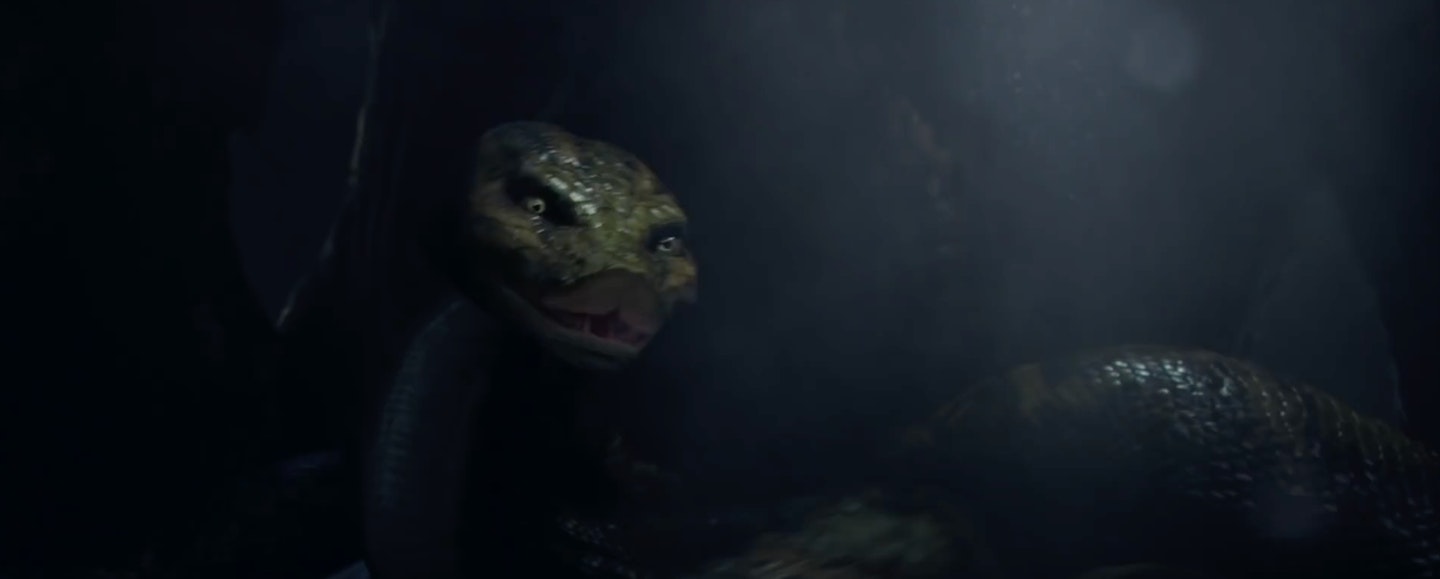
“In our film, Kaa — played by Cate Blanchett — is the seer. The prophet. And is a loner. Quite self-serving. She has eyes and ears on the jungle and actually she witnessed the coming of man, and she now witnesses what Mowgli’s future is likely to be. So she plays an enormous role in goading him to fulfil his destiny.”
Mowgli is released in UK cinemas on 19 October.
